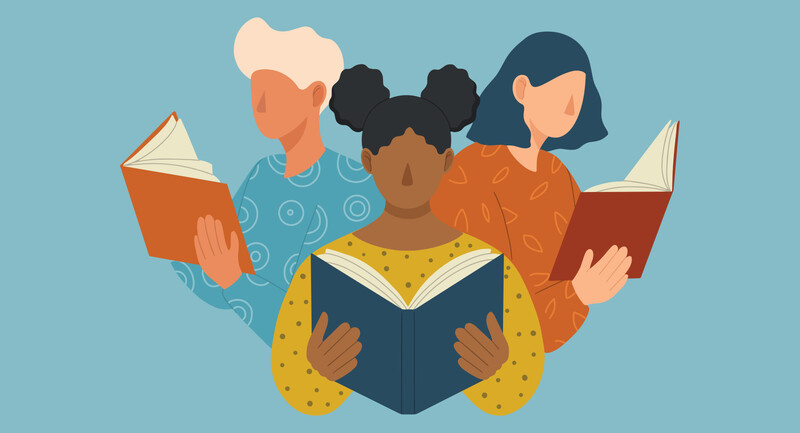Media Literacy Lessons
As secondary students engage with online news and information, they must navigate a complex landscape. Checkology, a free online learning platform by the News Literacy Project, offers interactive lessons to help students in grades 6–12 develop media literacy skills. Students can choose from issues such as how to recognize conspiracy theories or why audience trust matters in news coverage. Each lesson is guided by a media expert or journalist and includes practical learning objectives, real-world examples, and reflection questions. Using the site's supplemental practice tools, students can reinforce their media literacy learning and educators can check students' progress.
The Multiple Meanings of Words
When learning new vocabulary, students should understand how an individual word can function across multiple contexts. That's where a vocabulary-building strategy guide from NCTE’s ReadWriteThink.org comes in handy. The guide "Using Disciplinary Facets to Deepen Academic Vocabulary Knowledge" by English teacher Scott Filkins, intended for grades 4–12, includes a fill-in-the-blank handout in which students identify a focus word and give examples for how it changes meaning depending on the subject (e.g., "crane" is a bird in biology but a machine in physics). Educators can encourage students to make these connections to deepen understanding.
Looking Closer at Diversity in Books
All students benefit from exposure to curriculum that reflects diversity in subject matter, characters, and authorship. But most curricula are still plagued by a lack of meaningful diverse representation, according to The Education Trust.
In a recent study of 300 books, researchers found that nearly half of the people of color represented in them were one-dimensional, negatively portrayed, or stereotyped. The organization's Tool for Representational Balance in Books provides a discussion framework for thinking critically about representation in any book. Using four "domains"—(1) creator and character identity; and presentation of (2) people, of (3) groups, and of (4) historical/social topics—students and educators can consider how characters in a text meet key criteria within each domain, such as whether the character shows multidimensionality or agency. Each domain includes questions and examples from real titles that show—or don't show—representational balance.









